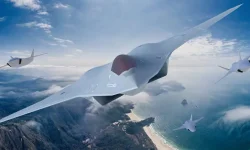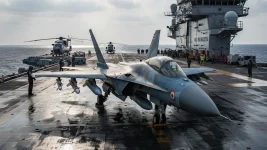- Views: 3K
- Replies: 22

India's ambitious Advanced Medium Combat Aircraft (AMCA) program is set to soar to new heights with a cutting-edge "brain" at its core. The Aeronautical Development Establishment (ADE) is developing a next-generation Digital Flight Control Computer (DFCC) for the AMCA, boasting processing power nearly 25 times greater than that of the Tejas Mk1A and MkII fighter jets.
In modern fighter aircraft, the DFCC acts as the central nervous system, responsible for managing flight control systems and ensuring stability, maneuverability, and overall performance. It processes data from various sensors and pilot inputs, translating them into real-time commands for the aircraft's control surfaces, engines, and avionics.
The AMCA, with its advanced stealth capabilities, sensor fusion, electronic warfare systems, and ability to operate in contested airspace, demands a DFCC with exceptional computational power. This increased processing capacity is crucial for handling the complexity of the aircraft's systems and enabling rapid decision-making in critical situations.
The AMCA's DFCC will be designed to support next-generation features such as AI-enhanced autonomy, advanced stealth management, and multi-role capabilities. This leap in processing power will allow the aircraft to adapt to evolving threats and integrate seamlessly with future defence technologies, including unmanned systems and advanced electronic warfare suites.
Furthermore, the DFCC is being developed with future upgrades in mind. Its architecture will allow for software patches and capability enhancements throughout the AMCA's service life, ensuring it remains at the forefront of aviation technology for decades to come.



